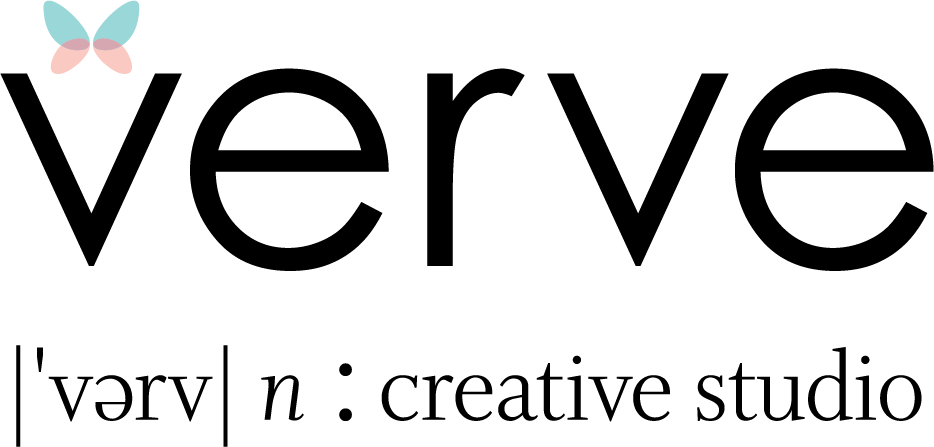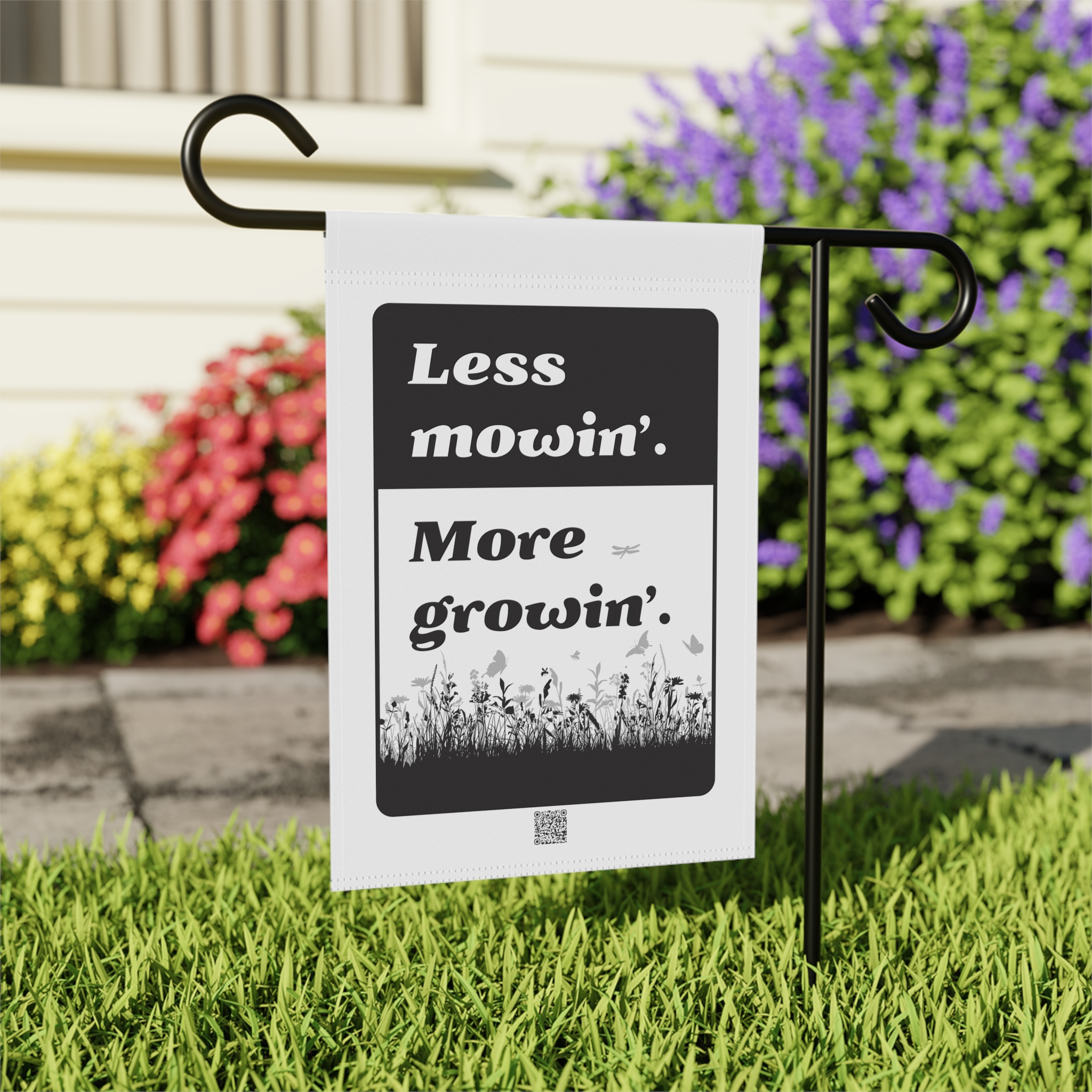
Welp, that depends on many factors. What type of video are you creating? How long will it be? How large of a crew will it require? What equipment is needed? What locations will be used? Do you need to hire talent? Do you need graphic animation? How much time is required to edit the video? To answer these questions it’s important to have basic knowledge of the video production process.
The Parts of Video Production
Expensive equipment, skilled humans and time editing…
Pre-Production – This is the planning phase which includes the time it takes for storyboard development, strategy sessions, location scouting, talent castings, creating shot lists and call sheets and other project management tasks.
Production – In this phase the video is shot or animated and includes film crew or animation team, on-camera talent, shooting time, location and equipment fees, etc.
Post-Production – This is the editing phase and may include post animation, music and sound mixing, voice-over recording, audio effects/foley, stock imagery, presentation meeting and deliverables.
Most small businesses must strike a tight balance between budget and quality but when it comes down to it, you get what you pay for. The average video can cost anywhere between $800 and $2000 but for high-quality production here in the Midwest you will be looking at approximately $1,000 per minute of video. Producing video is an investment in your business, therefore, involves a well-thought-out plan. Thorough planning helps limit costly mistakes and setbacks. Here is a list of cost factors to consider:
- Scripting/Storyboard
- Detail in Design and Graphics
- Animation Complexity
- Length of Video
- Voice Over
- Music Licensing
- Supporting Content
- Distribution and Delivery
- Level of Production – talent/casting, shoot days, crew, location and travel, cameras, sound and lighting equipment etc.
How to Keep Video Costs Down?
Great videos are created in the planning stages and adding skilled creatives using complicated and sometimes very expensive equipment increases the production value. I say “sometimes” very expensive equipment because a skilled creative is capable of shooting a quality video with just their iPhone if they need to. In most cases, short form video for social media stories and reels do not require expensive equipment. Therefore, affordable and successful video advertising is not completely out of reach for small businesses with a creative idea and a strategy behind it. If you are trying to maximize quality and minimize cost, here are some tips on how to keep the cost down:
-
-
Know the purpose of your video(s)
Don’t make a video just to make a video. Remember, video is an investment that has the potential to provide higher ROI. The video should serve a specific purpose within a larger marketing strategy. Is your video for brand awareness high-level funnel stuff or is it lead-generating low-level funnel? What kind of production value does the video require? This leads to my next tip…
-
Start planning and get organized prior to contacting a studio or agency
Create a script or storyboard for each video. Map out a content calendar with a list of all deliverables you need (i.e. adapting a 3-minute web story for YouTube to a short form deliverable for social media stories and ads).
-
Think long term
If you have a limited marketing budget, focus on producing evergreen content with your budget. Evergreen content is typically the backbone of a successful video marketing strategy. It is content that can be shared and promoted at any time as opposed to seasonal content (i.e. product announcements, current trends or news posts). If the content is time-sensitive, it’s not evergreen. While evergreen content provides higher ROI in the long term than seasonal video, evergreen content is rarely enough on its own. A successful strategy balances different types of video content.
-
When creating your video marketing campaign, prepare several scripts to shoot during one production
Every production includes equipment, setup/strike and commuting fees for the crew. All of this adds up quickly. By shooting multiple videos during one production, you will save on these fees.
-
Listen to expert advice
What some CEOs or CFOs do in an attempt to reduce cost, is remove items from the estimate they consider to be non-essential. What may seem non-essential to a non-video professional is often essential. Be sure to listen to the producer and heed advice. If the producer says that you need wardrobe and makeup for a 1/2 day shoot, you most likely need it. If the producer says you need 3 full hours to shoot a particular scene with untrained talent, you most likely need it. Due to experience, they are able to foresee and help prevent what could lead to MAJOR problems in post. NOT EVERYTHING CAN BE FIXED IN POST ESPECIALLY IF YOU ARE TRYING TO KEEP COST DOWN.
-
Bundle your deliverables
Knowing how you will need to repurpose each video for a different format ahead of time will help you devise a comprehensive shot list to plan the production and post-production around. A shot list and log save money in post-production because the editor can find clips using notes logged during production. This saves many hours in post because the editor does not need to (or want to for that matter) review all of the footage to find the best cuts.
-
“NOT EVERYTHING CAN BE FIXED IN POST ESPECIALLY IF YOU ARE TRYING TO KEEP COST DOWN.”
To collaborate on your next video campaign, don’t hesitate to drop us a note below. Remember, there is no such thing as too soon when it comes to planning for video. The sooner you get started on a plan the better because engaging videos are created in the planning phase.
Let’s Collaborate
TELL US ABOUT YOUR PROJECT
We love messages and meeting for coffee or tea at one of our favorite local spots. Drop us a note and we’ll get back to you as soon as possible…
























 Just giving you the heads up: We use cookies and other tracking doodads to make your browsing experience as sweet as a freshly baked batch (Website
Just giving you the heads up: We use cookies and other tracking doodads to make your browsing experience as sweet as a freshly baked batch (Website